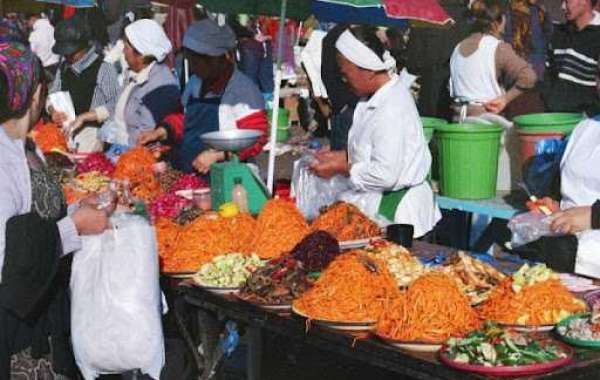Turkmenistan is considered a developing country. A nation's stage of development is determined by a number of factors, including economic prosperity, life expectancy, income equality, and quality of life. As a developing country, Turkmenistan may not be able to provide consistent social services to its citizens. These social services can include things like public education, reliable health care, and law enforcement. Developing country citizens may have a lower life expectancy than developed country citizens. Turkmenistan exports around $ 17.13 billion and imports around $ 12.48 billion each year. 3.4% of the country's population are unemployed. The total number of unemployed in Turkmenistan is 198,950. In Turkmenistan, 30% of the population live below the poverty line. The proportion of people living below the poverty line in Turkmenistan is relatively high, but there is no cause for total concern about investment. Potential financiers should look at other economic indicators, including GDP, rate of urbanization, and currency strength, before making any investment decisions. The country's Gini index is 40.8. Turkmenistan is experiencing poor equality. The gap between the richest and poorest citizens of this country is palpable. Turkmenistan has a Human Development Index (HDI) of 0.698. Turkmenistan has an upper mean HDI value. This suggests that the majority of citizens will be able to live desirable lives, although some citizens will not be able to achieve a high standard of living. The Global Peace Index (GPI) for Turkmenistan is 2.135.
Currency
The currency of Turkmenistan is Turkmenistan manat. There are several plural forms of the name 'Turkmenistan manat'. These are manat, manats. The symbol used for this currency is m, and it is abbreviated as TMT. The Turkmenistan manat is divided into Tennesi; there are 100 in one manat.
Credit rating
Credit rating is the extent to which international investors trust a country in paying debts and upholding the country's obligations in terms of crediting. There is no information on the credit rating of Turkmenistan.
Central bank
In Turkmenistan, the institution that manages the state's currency, money supply, and interest rates is called Central Bank of Turkmenistan. Locally, the central bank of Turkmenistan is called Türkmenistanyň Merkezi banky.
Public debt
Turkmenistan has a government debt of 21% of the country's Gross Domestic Product (GDP), as assessed in 2012.
Tax information
The corporate tax in Turkmenistan is set at 20%. Personal income tax ranges from 10% to 10%, depending on your specific situation and income level. VAT in Turkmenistan is 15%.
Finances
The total gross domestic product (GDP) valued as purchasing power parity (PPP) in Turkmenistan is 82,395 billion US dollars. The gross domestic product (GDP) in Turkmenistan, valued as purchasing power parity (PPP) per capita, was last measured at 14 million US dollars. PPP in Turkmenistan is considered below average compared to other countries. A below-average PPP indicates that citizens in this country are finding it difficult to buy local goods. Local goods can include groceries, shelter, clothing, health care, personal hygiene, essential home furnishings, transportation and communications, laundry, and various types of insurance. Countries with below average PPPs are dangerous places to invest. The total gross domestic product (GDP) in Turkmenistan is 41.851 billion. Based on these statistics, Turkmenistan is classified as medium-sized. Medium-sized countries support an average number of industries and investment opportunities. It shouldn't be too difficult to find worthwhile investment opportunities in medium-sized economies. The gross domestic product (GDP) per capita in Turkmenistan was most recently 7 million US dollars. The average citizen in Turkmenistan has very little wealth. Countries with very low per capita wealth often have a lower life expectancy and a dramatically lower quality of life for their citizens. In countries with very low wealth, it can be very difficult to find a highly skilled workforce as it is difficult for citizens to get the education needed to specialize in industries. However, compared to countries with higher wealth per capita, workers can be found at very low prices. The annual GDP growth rate in Turkmenistan averaged 10.1% in 2014. Accordingly, Turkmenistan is currently experiencing significant growth. Strongly growing countries offer the best opportunities for a significant return on investment, as GDP growth rate is the most important indicator of economic health.







